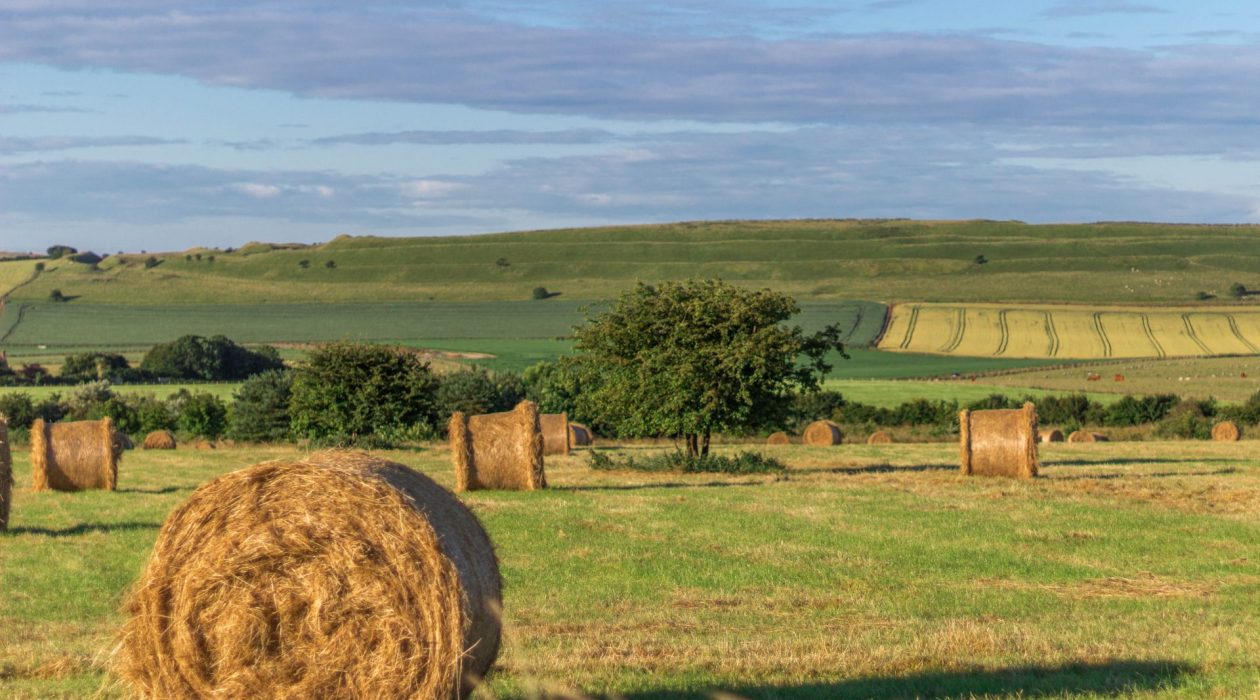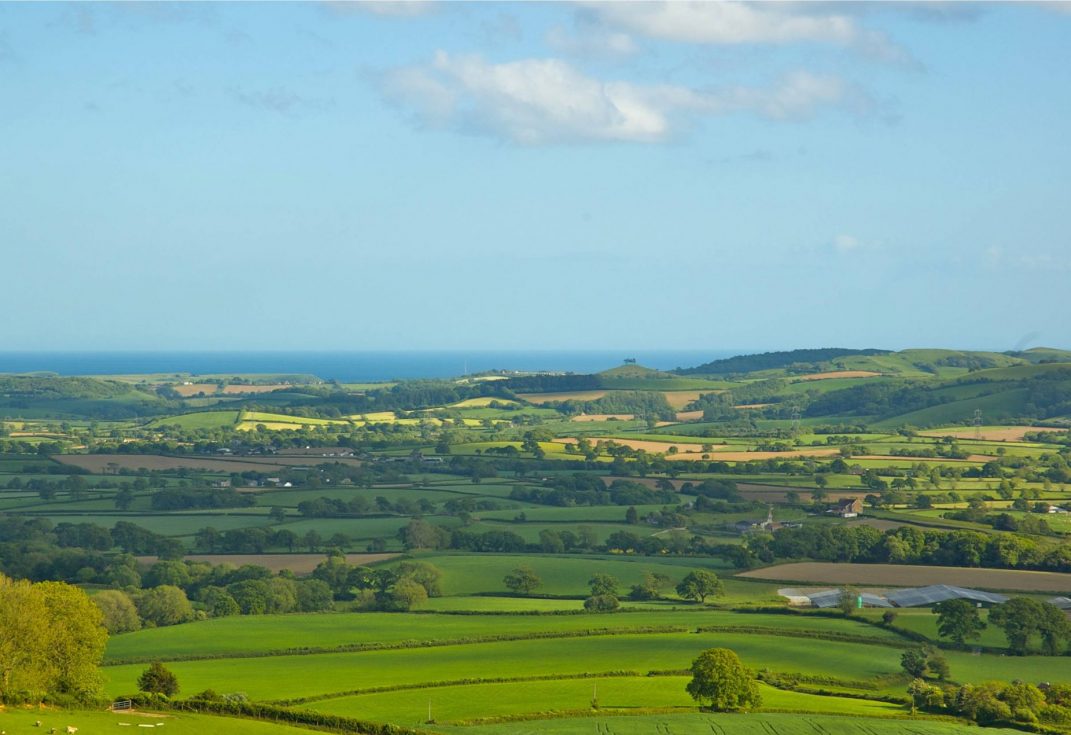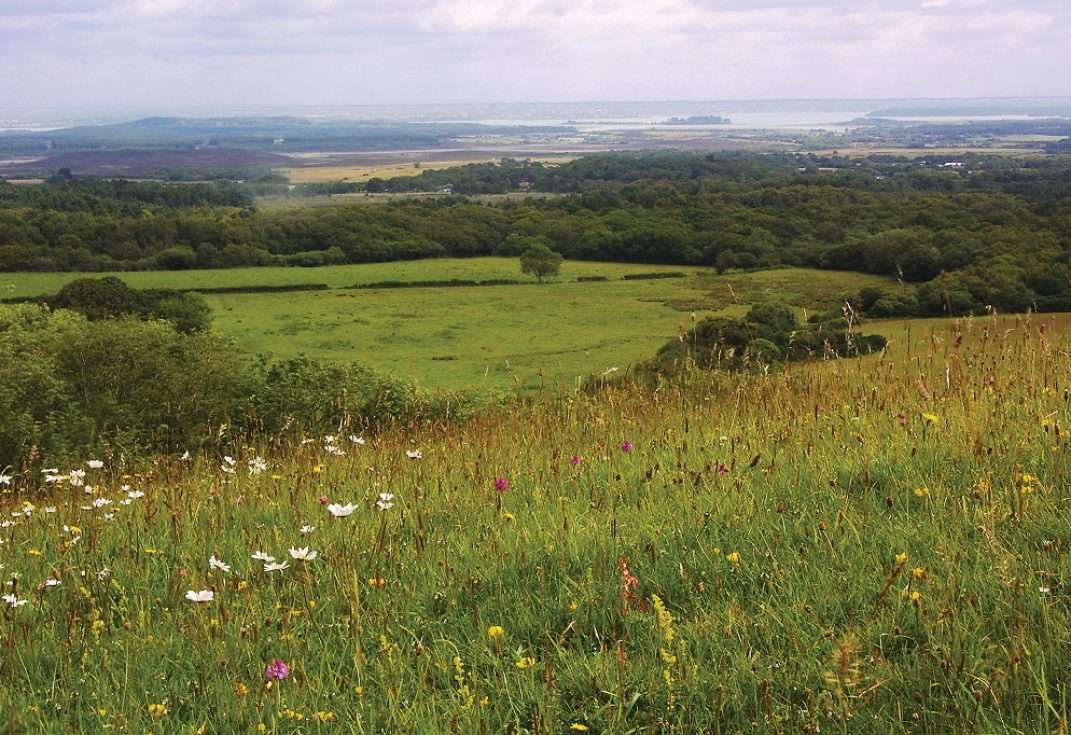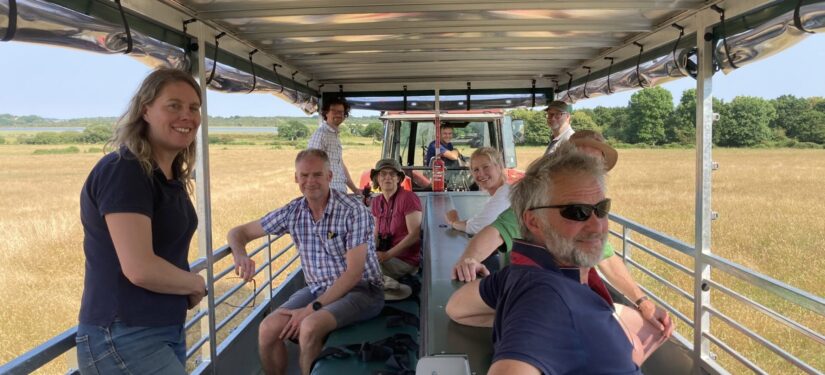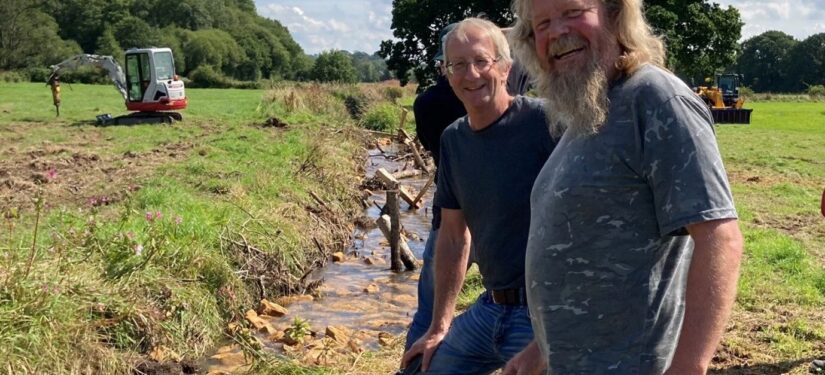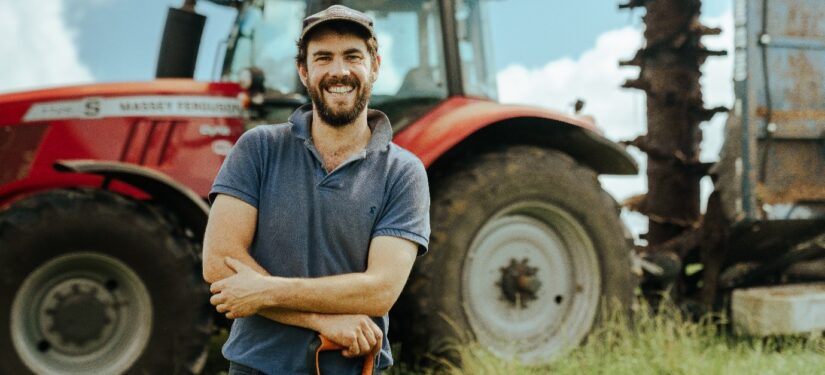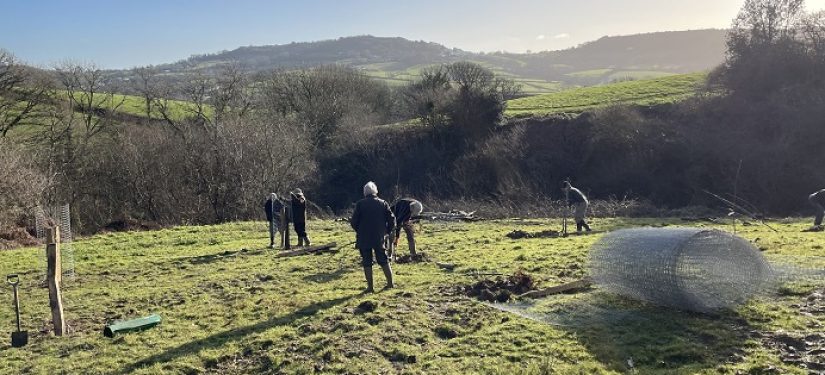Farming in Protected Landscapes programme
The programme provides funding to farmers and land managers (and others working with them), for projects that support nature recovery, mitigate the impacts of climate change, provide opportunities for people to engage with the landscape and cultural heritage, or support nature-friendly, sustainable farm businesses.
